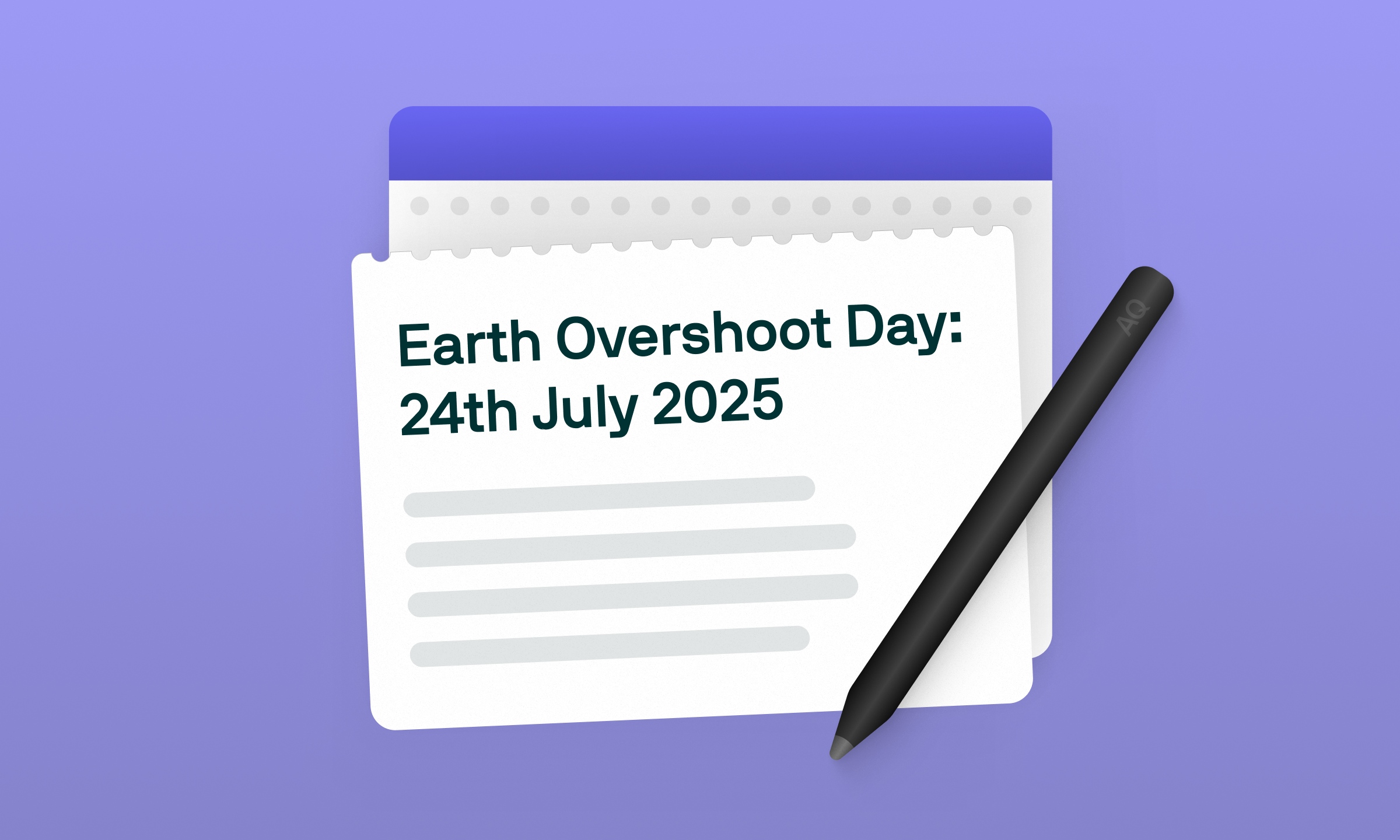Ecodesign for Sustainable Products Regulation (ESPR)

What you'll learn



As part of the European Green Deal package, the EU wants to drive more positive sustainability impact through consumer products. The problem is that products damage the environment through resource use, especially due to designs that don’t last long and aren’t able to be repaired.
So the EU passed the Ecodesign for Sustainable Products Regulation (ESPR) in March 2022, which provides a framework for introducing new circular design requirements on products.
This law sets out two main features:
- Regulation for new design standards - the law enables the EU to set new requirements on any product sold in Europe. This covers a wide range of sustainable design standards, such as for their durability, resource efficiency, and end-of-life treatment.
- Digital Product Passports - this is a new way for all the sustainability information about products to be accessed easily - through a QR code or NFC tag. This will house all the relevant sustainability data dictated by the design standards, alongside warranty/repair information and carbon footprints.
Together these changes are intended to drive more sustainable design in products, and to allow customers better information access to make informed sustainability choices.
The EU parliament succinctly describes the positives of circularity as:
“the circular economy will provide high-quality, functional and safeproducts, which are efficient and affordable, last longer and are designed for reuse, repair, and high-quality recycling”
What are the important things to know
The ESPR sets out a massive potential scope, being able to set a large range of requirements on effectively any product type. However, this is just a framework so any new restrictions on a given product category would have to be passed in their own follow-up law. So the EU is intending to tackle this by prioritising these high-impact sectors first: fashion, consumer electronics, vehicles, construction and chemicals.
So what sustainability standards can we expect? ESPR allows new product requirements on:
- Product’s circular design - setting requirements that mean products are designed to last longer and are easier to repair or re-use if they break. This could be restrictions on guaranteed lifetime, use of standard components and ease of disassembly.
- Resource use - setting efficiency standards for energy, water or other resource consumption. This can be set at any life-cycle stage of a product, including on quantity of packaging used.
- Waste and emissions - creating standards for how much pollution a product can make, including on carbon footprints, waste generation and micro-plastic release.
- High recyclability - products should be designed so they can be easily recycled, and have standards their recycled content.
The Digital Product Passport will then encode information on all the above themes. This will allow customers, suppliers, manufacturers, repairers, and public agencies to transparently access products’ environmental data.
What businesses need to do
The full details of regulation are expected to be released sometime in 2024. This means the first companies in priority sectors would have to start complying in 2026/27.
In the meantime though, there are certain actions that companies can prepare for:
- Phase out banned practices - This includes planned obsolescence, where products need an extended lifespan and allow software updates for guaranteed longevity. There is also a ban on destruction of unsold products, particularly for textiles, footwear and electronics - other products would require reporting and justification.
- Collect environmental data - a key part of the Digital Product Passport will be displaying life cycle assessment (LCA) information of products. LCAs take time and money, so now is the best time to start collecting data on environmental impacts.
- Start incorporating circular design principles - the overarching circularity themes of durability, repairability and re-usability have clear lessons but hard to design features. Product manufacturers can get ahead of requirements by conducting R&D now.
What to expect going forward
The most exciting, and most uncertain, aspect of ESPR is the Digital Product Passport. This is because the EU has not yet specified a technology - just technical requirements to be open-access, secure and to not lock in a single vendor.
This means there are huge potential opportunities and risks depending on what technology is used:
- Opportunity for decentralised LCAs - an open-access solution with the responsibility for the passport sitting with each supplier allows for much easier data collection. Each step of the value chain adds their carbon and environmental footprints to the passport, bypassing the difficulties of supplier engagement and building up a full product LCA!
- Risk of data security - the EU is proposing differentiated access to users, with law enforcement, suppliers and customers all having different use cases. This makes data security a lot harder, especially where commercially sensitive data is meant to be added just for regulators.
The EU will set out different requirements by product line, such as by starting with laptops and moving to clothing. Exactly how the regulation gets implemented will be clearer as design requirements are added, and details on digital passports finalised.
Learn more
- EU - Proposed ESPR law - Mar 2022
- EU - Updated draft law - Jul 2023
- WBCSD - EU Digital Product Passports
By Dan Enzer, Sustainability Research Associate at Altruistiq


.svg.webp)




.png)





